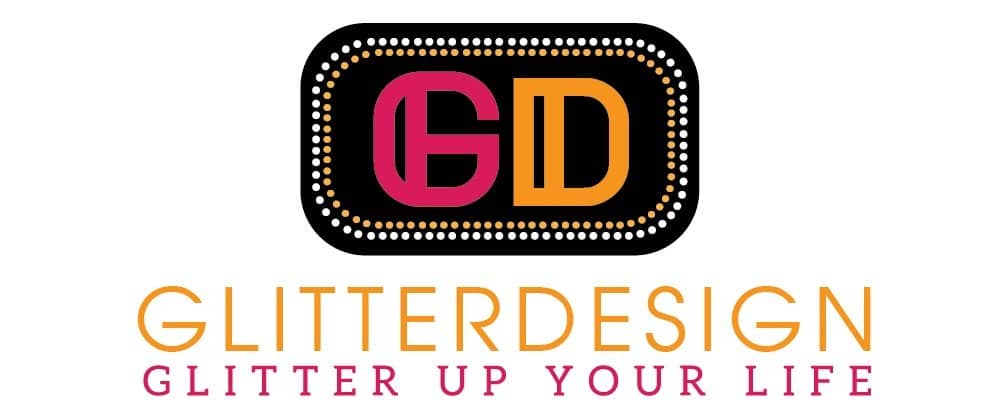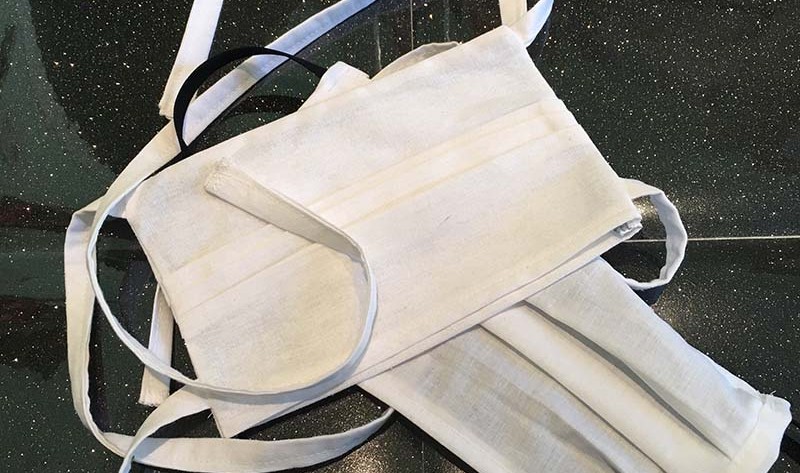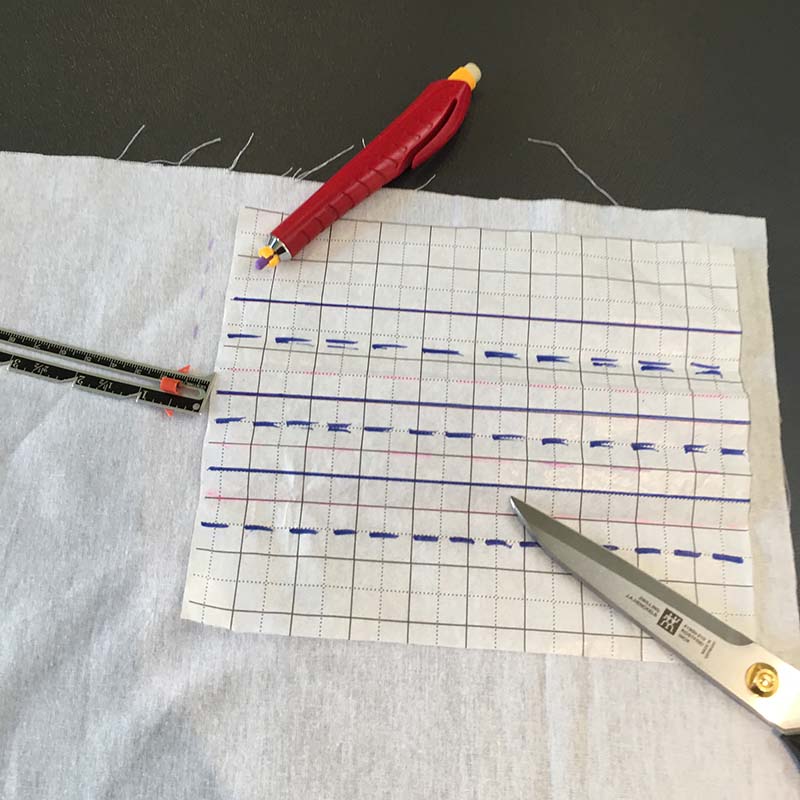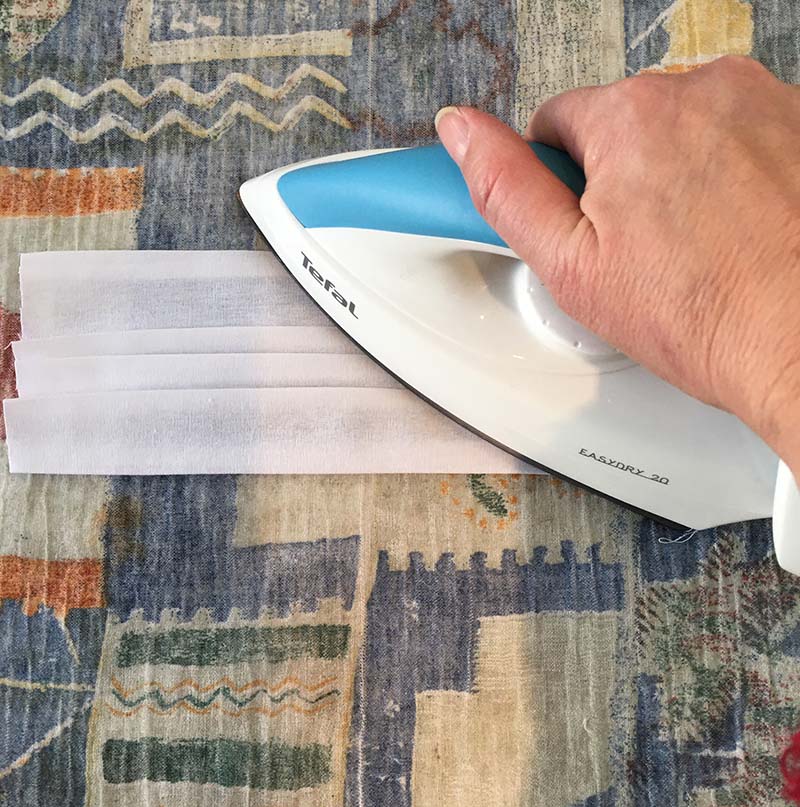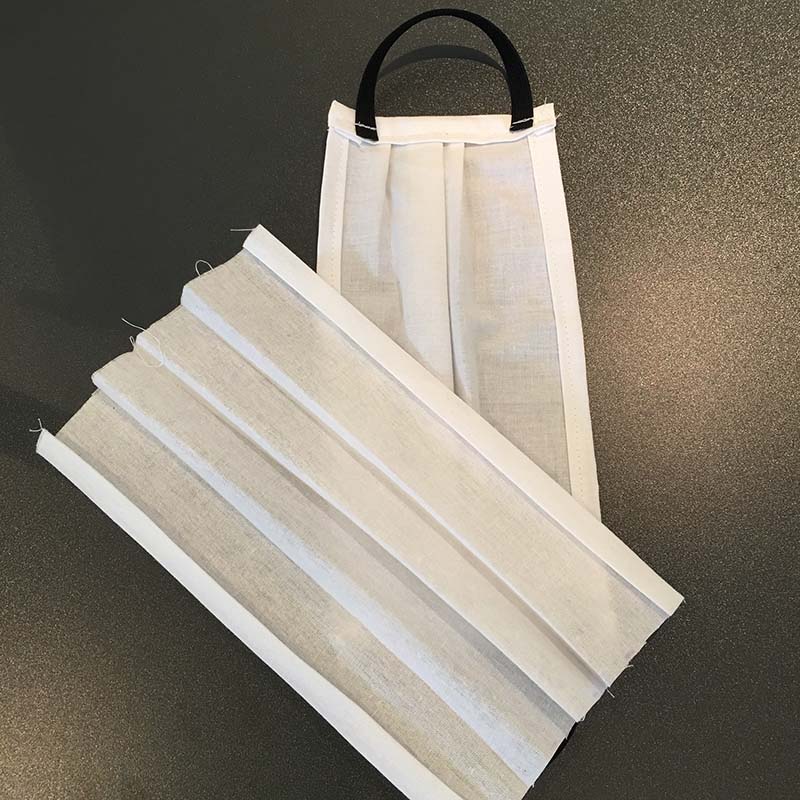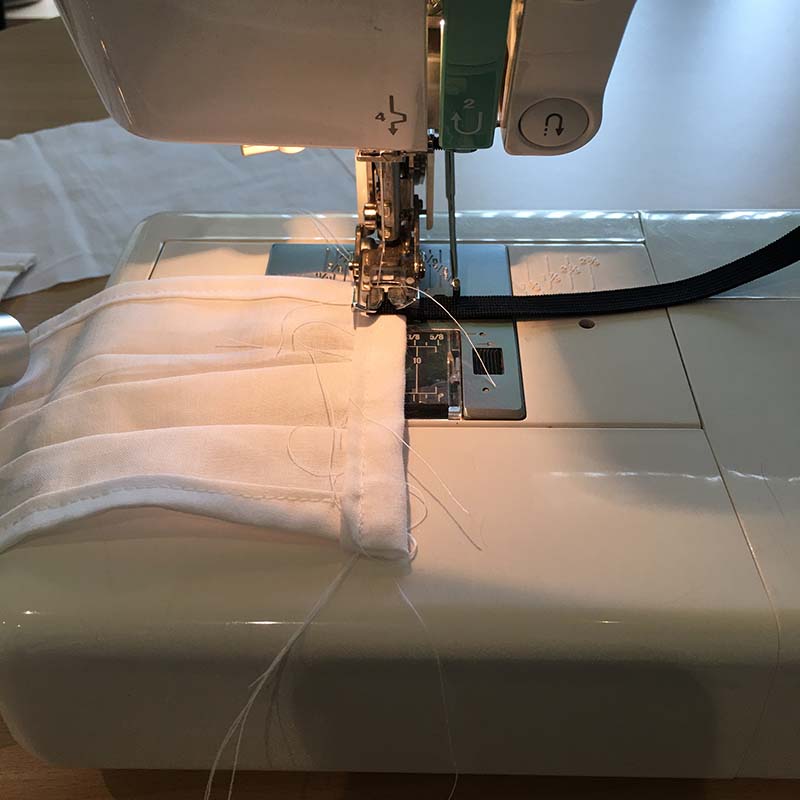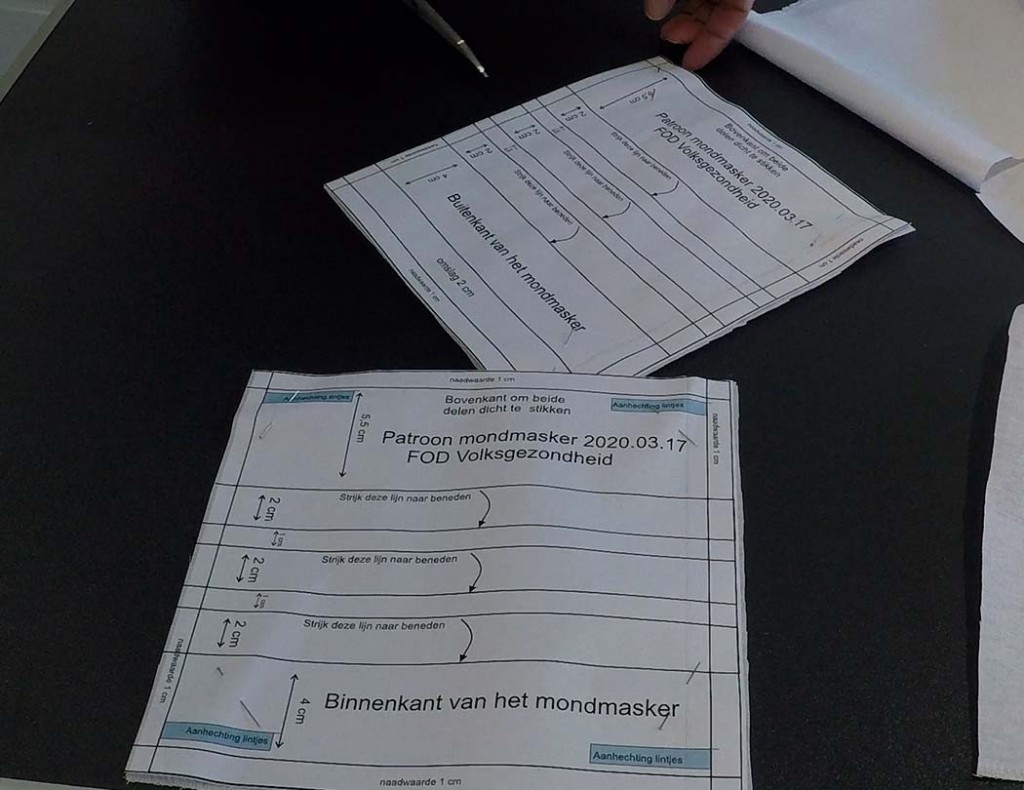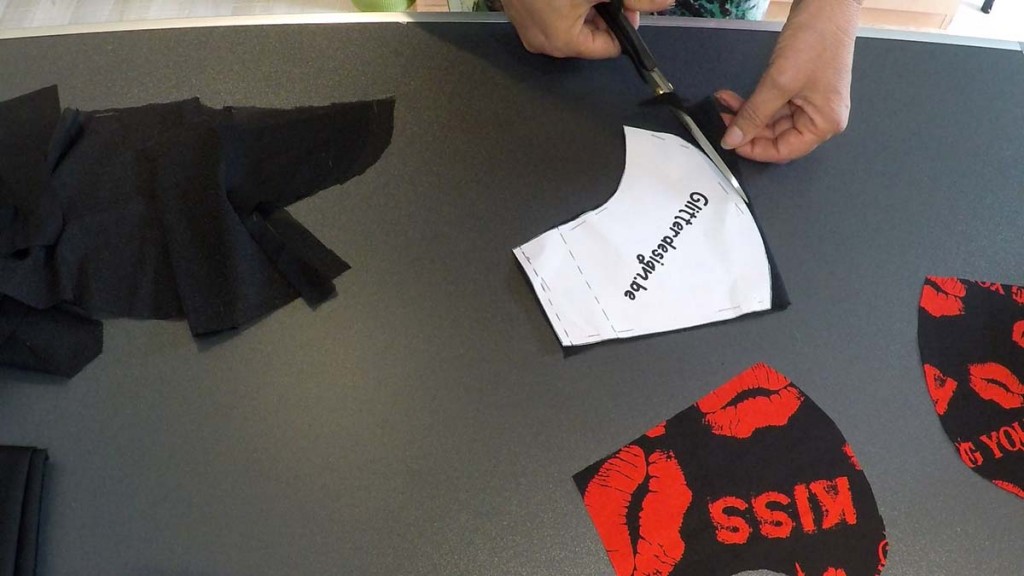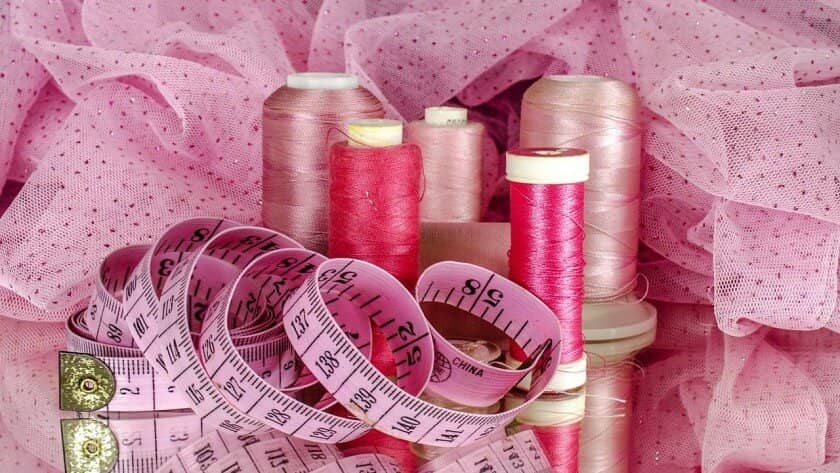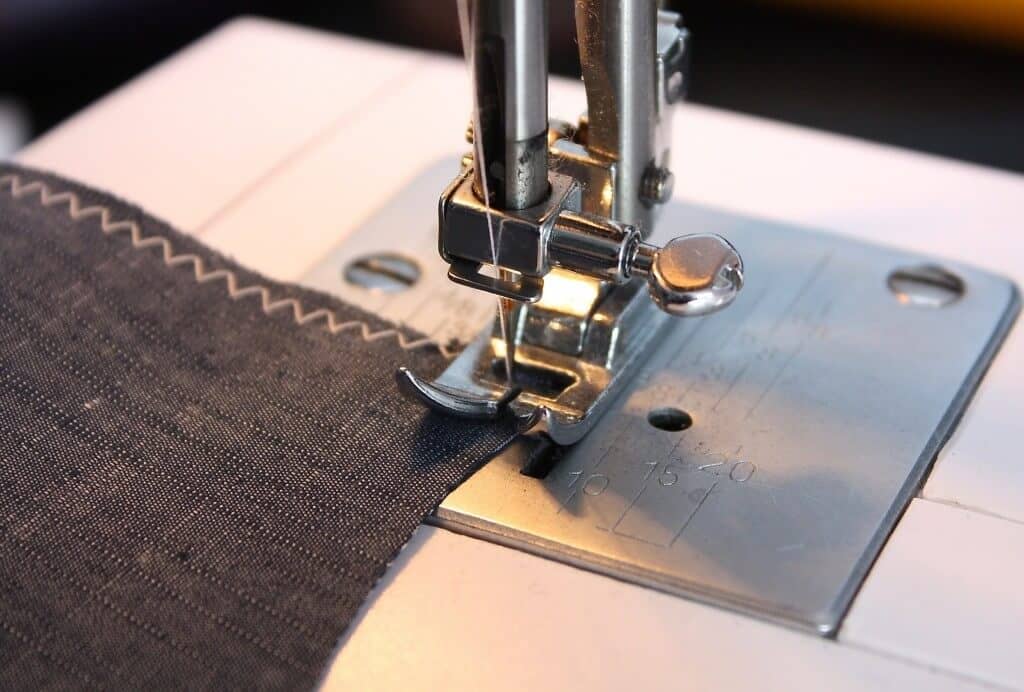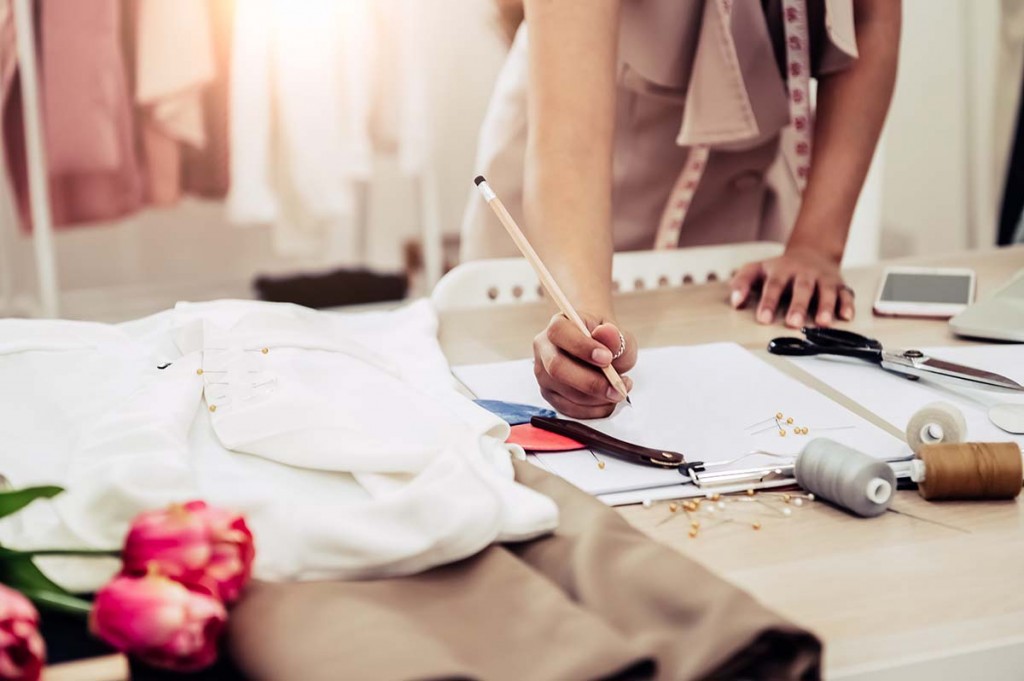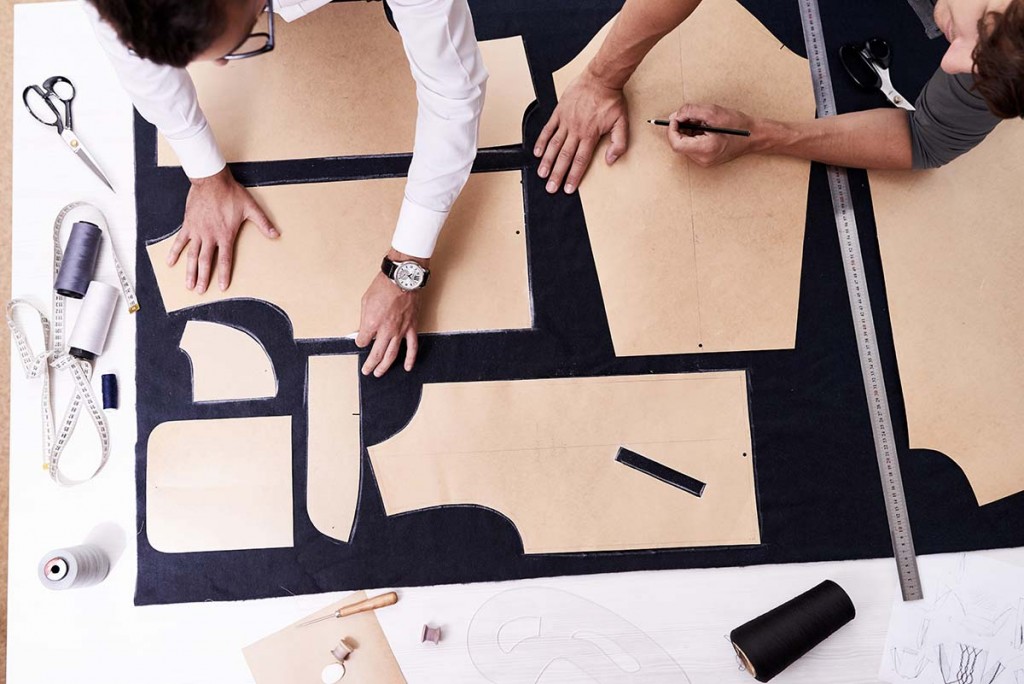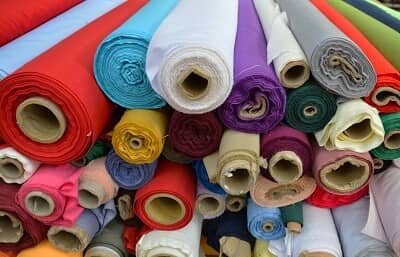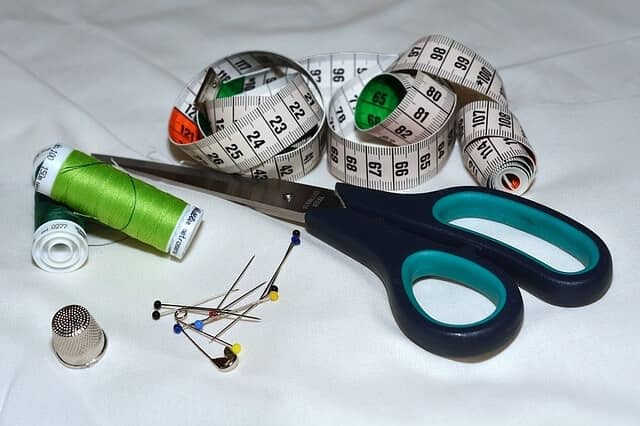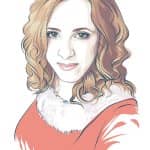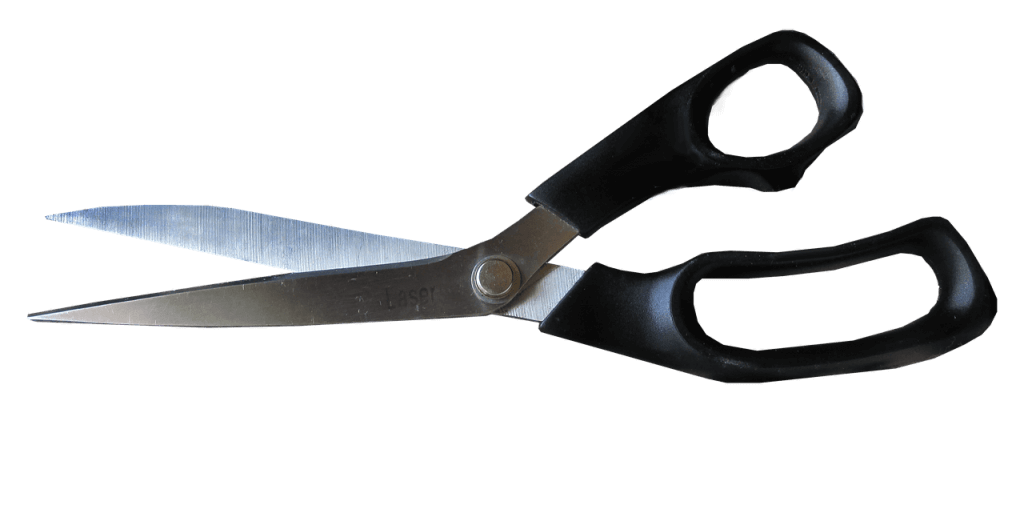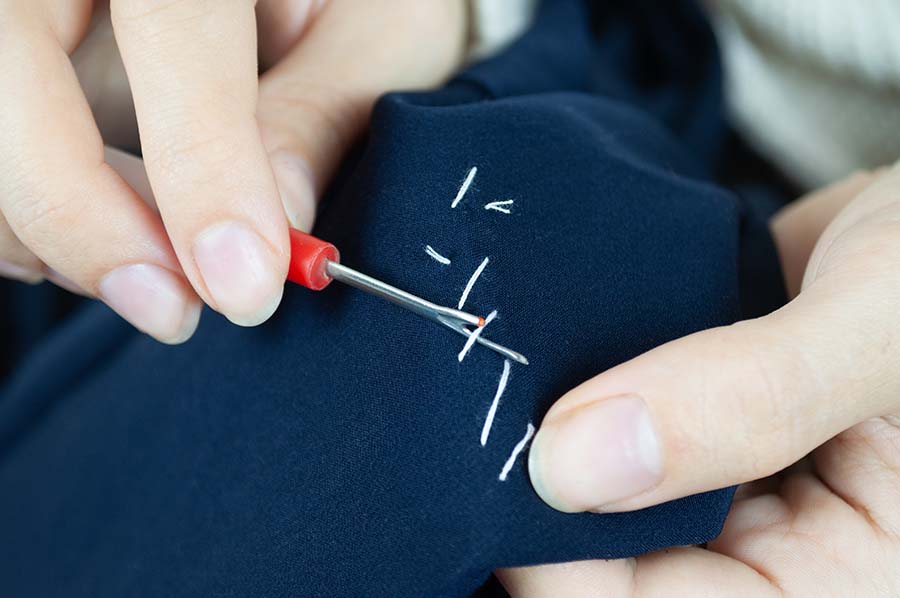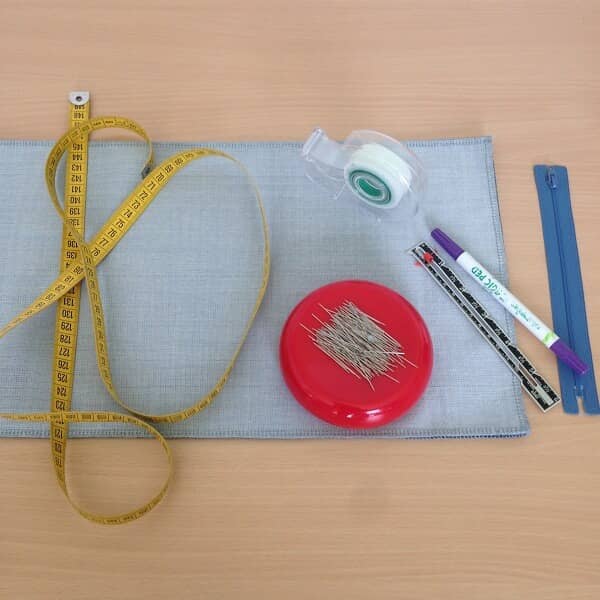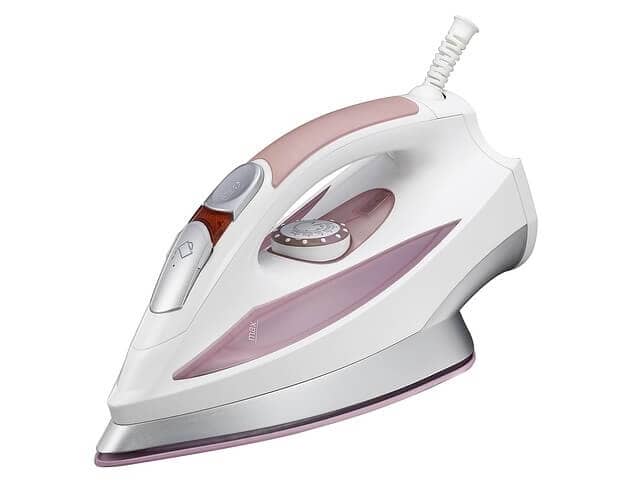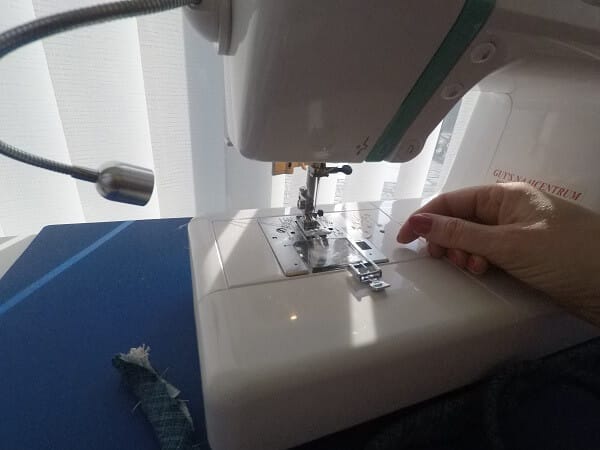Sewing may seem one of the most old-fashioned household tasks. Nowadays, people used to outsource this task to well-trained people. Let’s say you have damaged your shirt button or notice a hem on your dress, in this manner you have to fix it by your own. You have to know about basic hand-sewing stitches and techniques. These techniques will help you with your small sewing task at home quickly.
Get to know about four basic hand-sewing stitches techniques:
Even if you have the latest sewing machine at your home, at some point, you may need hand sewing. It gives you a better and quick result at the time of repair. Further, we will look after hand-sewing stitches techniques. These techniques work brilliantly for different purposes.
Running stitch:
Running stitch is the basic hand-sewing stitches technique. All kinds of sewing based on this technique. It is a useful stitching type which is used to:
- Repair hems of jackets or pants
- Sew on patches
- Re-attach straps of fabric
All you need is a thread and a needle. You tie a knot and start at the back of the fabric. At the end of the sewing, the running stitch will appear on both sides of the fabric. You finish with a knot at the back of the fabric.
The running stich is often used for basting : this is called the running basting stick. This stitch is meant to hold pieces of fabric together before the final stitching is done with the sewing machine. They don’t have to be sewn nicely because they will be removed after the final stitching is done.
You can also use the running stitch to gather fabric. When you make two rows of base stitches, then pull the threads and you have raffles.
A litte hack:
If you want straight stitches you can draw a dotted line on your fabric with a textile marker (so that the drawings you made will disappear when washing) or if you don’t want any.
Back stitch:
The back stitch is an advanced variation on the running stitch. There are 2 ways of making this stitch.
The idea is to continually make one step back and two stages forward along your stitching line.
The back-stitching is exceptionally solid, durable and flexible for fixing damaged areas of cloths. A back stitch is perfect for:
- Re-attaching zippers where the crease has come unraveled
- Repairing those places where the fabric seam is undone
- Serving as a strong seam similar to the straight stitch of a sewing machine
- Serving as a decorative top stitch
Slip stitch:
The slip-stick technique looks similar to holes and seams. However, this type of hand sewing stitches technique won’t be visible. This type of stitches technique is beneficial for fixing holes in visible areas of your clothes. So it could be utilized to fix little holes and tears. Additionally, it’s ideal for you if you use a strong thread matched with your fabric. You can resolve your clothing issues by using this skill. A slip stitch can also be used to close up lining.
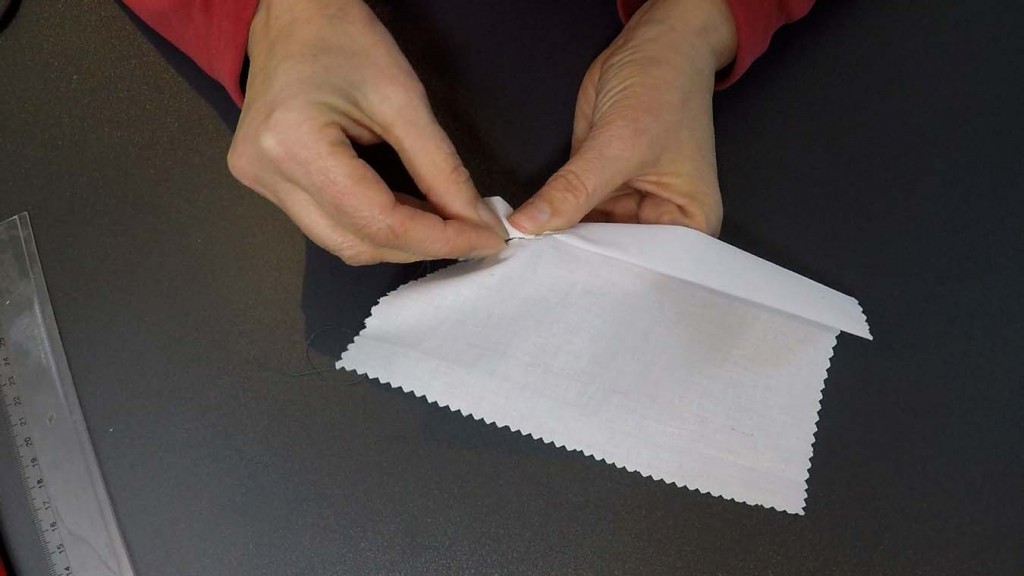
Come from under the fabric, take a small piece of fabric on you needle and pull it through.Go into the fold and come out of it a bit further. Than take again a bit of the fabric and so on …
Best is to take matching thread so the stitch is practically invisible.
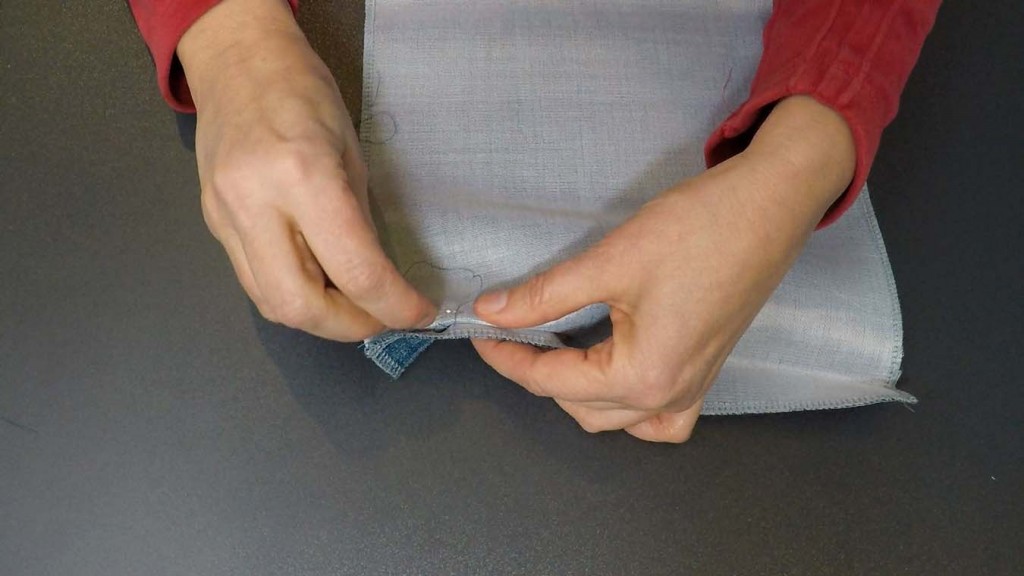
Blind hem stitch:
It is the most popular hand sewing technique. Even you can do blind hem with the machine, but the excellent and fastest way to do blind hemming is by hand. This stitch is used for sewing two pieces of fabric together whilst making sure that the thread is nearly invisible. These “blind” stitches hide under folded edges.
- First, you need to slip the threaded needle inside its folded cloth
- Now bring out the needle through the folded hem
- By using the needlepoint, you only need to pick a few threads from flat fabric. You have to do it against the lower hem.
- Now put it back into each folded edge.
- You can repeat this process for the required length of the hem.
These all are similar and easy hand-sewing stitches techniques used for distinct sewing purposes. These techniques are helpful for you to accomplish sewing task without using a sewing machine!
